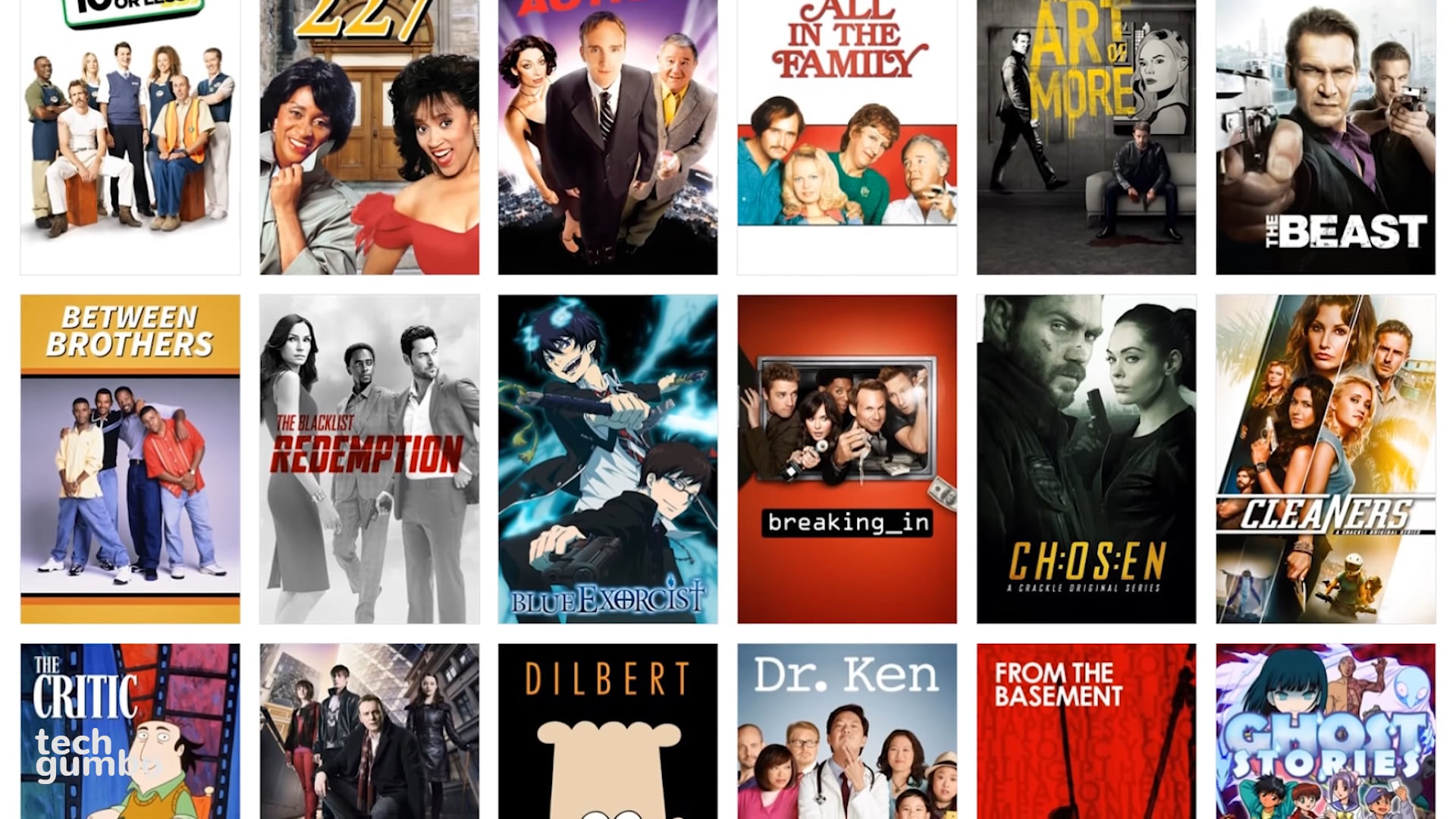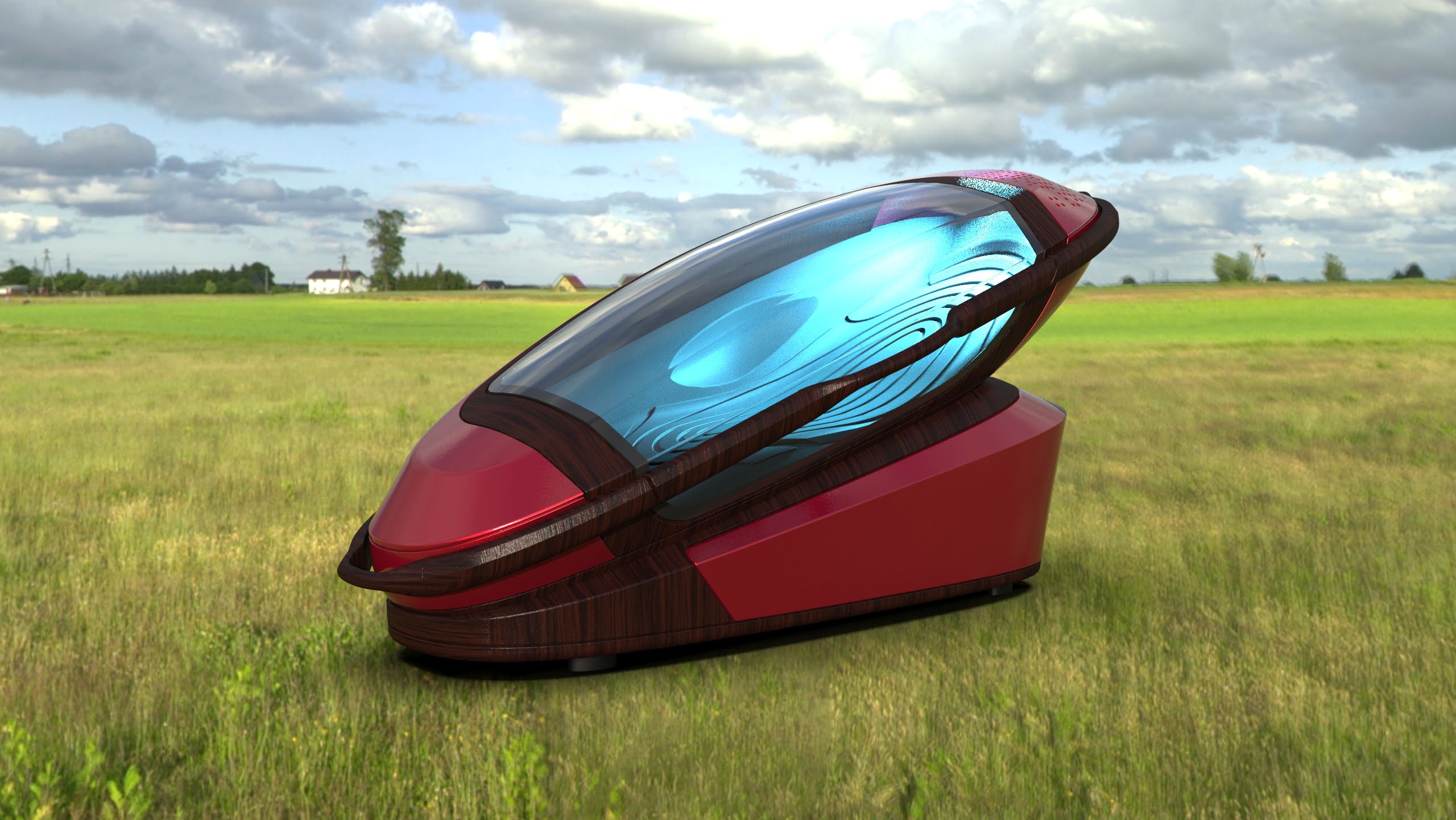It feels like we’re never going to stop hearing about 5G, whether it’s some vague press release about its imminent release or false promises that it’s already here. We’ve been told lag time will disappear, our homes will be full of smart devices that talk to each other easily, driverless cars will roam the roads, AR will finally become standard on mobile devices, and VR will work flawlessly.
While we’ve seen plenty of fake 5G (we’re looking at you, AT&T), we’ve yet to see an announcement about a solid infrastructure ready for prime time, until today.
It’s natural that telecom companies and other services providers are chomping at the bit to be the first to start rolling it out. It’s not clear that it’s a race worth winning since whoever does it will likely only beat its competitors by a matter of weeks. On top of that, 5G will require entirely new devices to access the network and they are only just rolling out and quite expensive, but that’s not stopping companies from trying to win this imaginary competition.
Nevertheless, today, on the first day of Barcelona’s MWC19, Sprint announced that it has a standards-based 5G up and ready for business.
If you’re wondering what standards-based 5G that means, there’s an international group called 3GPP that governs cellular standards and defines what it means for a network to be 4G, LTE, 5G, etc. While they released a set of guidelines for 5G back in December 2017, those were for a network that would be built on top of the existing LTE infrastructure. In June 2018, the 3GPP released the standards for stand-alone 5G networks. Since then, companies have been rushing to build the hardware, infrastructure, chips, modems, phones, and antennas that will make this a reality.
We’ve seen announcements from T-Mobile, AT&T, Verizon, Huawei, Ericsson, and more all announcing some kind of 5G rollout, but it looks like Sprint will take the prize for launching the first legitimate standalone and standards-based 5G network in the U.S. It will be available to customers starting in May, and then only in 4 cities: Chicago, Atlanta, Dallas and Kansas City. The cities of Houston, Los Angeles, New York City, Phoenix, and Washington D.C. will also get the commercial service sometime in the first half of 2019, according to today’s press release. The 9 cities will have a total initial 5G coverage footprint of more than 1,000 square miles and be available to million of customers who have 5G-enabled devices.
Sprint CEO Michel Combes said:
“We’re excited to play our part in advancing the next generation of wireless technology as we prepare to debut our mobile 5G service in nine markets. Even better, when combined with T-Mobile we will be able to roll out 5G in more places, more quickly, building an incredible nationwide 5G network that reaches underserved communities, accelerates competition, and drives new levels of U.S. innovation and progress.”
Sprint and T-Mobile got permission to merge late last year and are in the process of combining companies now. The merger no doubt gave Sprint the edge in employing their new network so quickly.
But other companies are close behind. Verizon announced plans to deploy standards-based 5G in more than 30 U.S. cities in 2019 at a conference in New York City prior to MWC19 and they already claim to have a 5G Home service in four cities as of last October. AT&T announced the launch of 5G+ in 12 cities in December as well, but that is not standards-based and with a lack of 5G devices available, it’s unclear what these networks look like and what they are currently supporting. Ericsson just announced at MWC19 that they are “rolling out 5G networks in North America with live traffic” imminently.
Because companies are so obsessed with being the first to employ real 5G, they’ve been pretty vague about the details of what they’re putting out there and who is using it and there are conflicting information all over the Internet.
For now, it looks like Sprint is in the lead if they truly follow through with their plan to cover millions of customers with true standards-based, stand-alone 5G, especially as we see new phones being announced with 5G capabilities at MWC19.
But for now, it’s safest not to buy into the hype. There’s still a lot of work to be done in terms of building the network, ensuring it’s safe, connecting devices, and troubleshooting the early days.
Unless you’re keen to spend a lot of cash to be a beta tester, the smart money is on waiting a while to see how this all works in the roll-out cities.




Share Your Thoughts